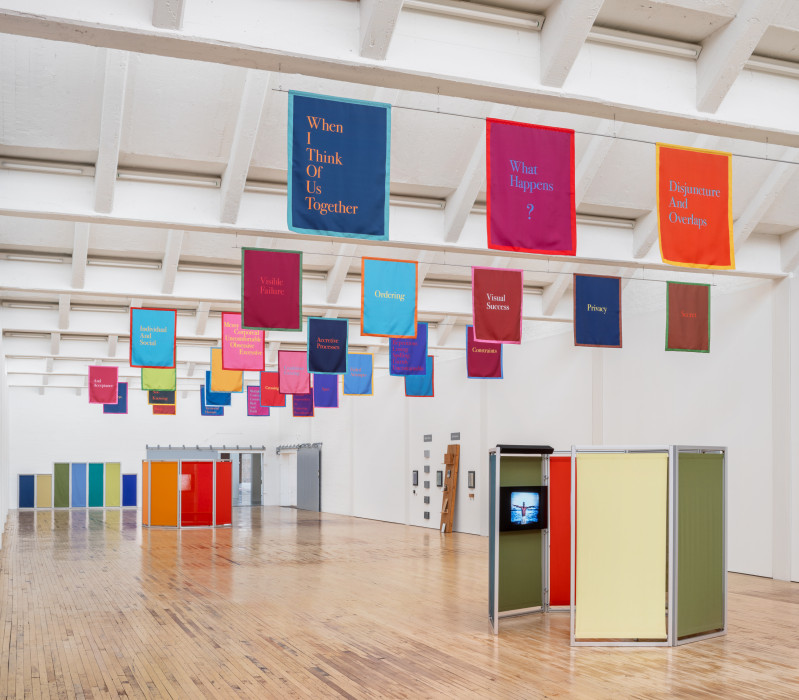
Art Green, Influential Painter of Chicago’s Hairy Who Movement, Dies at 83

Remembering Art Green: Hairy Who? Co-Founder, Visionary Artist, and Educator
Art Green, a pivotal figure in the Chicago art scene and a founding member of the visionary collective known as the Hairy Who?, passed away on April 14, 2024, at the age of 83. Green’s legacy spans several decades and disciplines, from his innovative paintings that challenged conventions to his influential tenure as a professor. His work, both on canvas and in the classroom, leaves an enduring mark on modern art and art education.
Early Life and Artistic Awakening
Born in 1941 in Frankfort, Indiana, Arthur “Art” Green was one of three sons in a household where creativity was encouraged but not explicitly artistic. His father, a civil engineer, and his mother, a skilled quiltmaker, unwittingly grounded Green in structural logic and color coordination—qualities that would later feature prominently in his art. He initially pursued microbiology but shifted his focus to visual arts after discovering an interest in design through his high school art teacher and access to his father’s letterpress in their basement.
Green’s formal education at the School of the Art Institute of Chicago (SAIC), which he entered in 1961, was transformative. Under the mentorship of influential instructors like Ray Yoshida and Whitney Halstead, he developed a style that celebrated complexity, playfulness, and a deep attentiveness to visual trickery.
Hairy Who? and the Rise of the Chicago Imagists
Green’s immersion into the art world rapidly accelerated in the mid-1960s when he, along with Jim Falconer, Gladys Nilsson, Jim Nutt, Karl Wirsum, and Suellen Rocca, formed the Hairy Who?. Facilitated by the Hyde Park Art Center’s director Don Baum, their first official exhibition in 1966 featured works that were humorous, vibrant, and often subversive.
The Hairy Who? was characterized by its embrace of comic art, commercial advertising aesthetics, youth culture, and an irreverent attitude toward both art conventions and political authority. Although the collective lasted only until 1969, its legacy reverberated across the global art scene. Their colorful rejection of the minimalist and conceptual art trends dominant in New York sparked what would become known as the Chicago Imagist movement.
Artistic Style and Evolution
Throughout his career, Green’s work maintained a playful yet meticulously executed quality. He often used oil paint to render motifs like ice cream cones, scissors, tires, patterned quilts, and encryption-esque wood grain designs. His approach to perspective, composition, and dimension borrowed from both Op Art and Surrealism, but with a distinctively personal and intentional narrative layer.
Green’s exploration of visual paradoxes—especially the layering and flattening of objects—created a signature “trompe l’oeil puzzle” effect. Viewers were taken on a journey that blurred boundaries between sense and nonsense, recognition and abstraction.
Notably, his 1976 work “Allowable Deduction” and 1969’s “Regulatory Body” exemplify his penchant for layered imagery, incorporating gradients, bold outlines, and impossible geometries to great effect.
Educator and Mentor
In 1971, Green moved to Canada, beginning a new phase in his life with his wife Natalie Novotny, an SAIC-trained textile designer. After teaching briefly at Nova Scotia College of Art and Design University, Green settled in Stratford, Ontario, where he joined the University of Waterloo’s Fine Arts department in 1977.
Over nearly three decades, he influenced thousands of aspiring artists, serving twice as department chair and earning a Distinguished Teacher Award in 1990. Green’s pedagogical style echoed his own artistic credo: embracing the unfamiliar, challenging the obvious, and celebrating individual expression.
Legacy and Recognition
Art Green was the subject of 29 solo exhibitions throughout his career. Major milestones include nine solo shows with the legendary Phyllis Kind Gallery in Chicago and a 2023 retrospective at the Garth Greenan Gallery in New York, which represented him from 2012 until his passing.
His works reside in prominent institutions including:
– The Art Institute of Chicago
– Smithsonian American Art Museum
– National Gallery of Canada
– Museum Moderner Kunst (Vienna)
– Kitchener-Waterloo Art Gallery, Ontario
In 2005, Green’s first retrospective was hosted by Kitchener-Waterloo Art Gallery, confirming his status as a national treasure in his adopted Canadian homeland.
Personal Life
Beyond his art, Green was remembered for his deep commitment to family, education, and community. He is survived by his brother Don, his children Catherine and Nicholas and their spouses, and three granddaughters — Sophie, Feodora, and Fionnuala — as well as numerous nieces and nephews.
Conclusion
Art Green’s visionary contributions to both art and academia ensure he will be remembered not only as a founding member of a